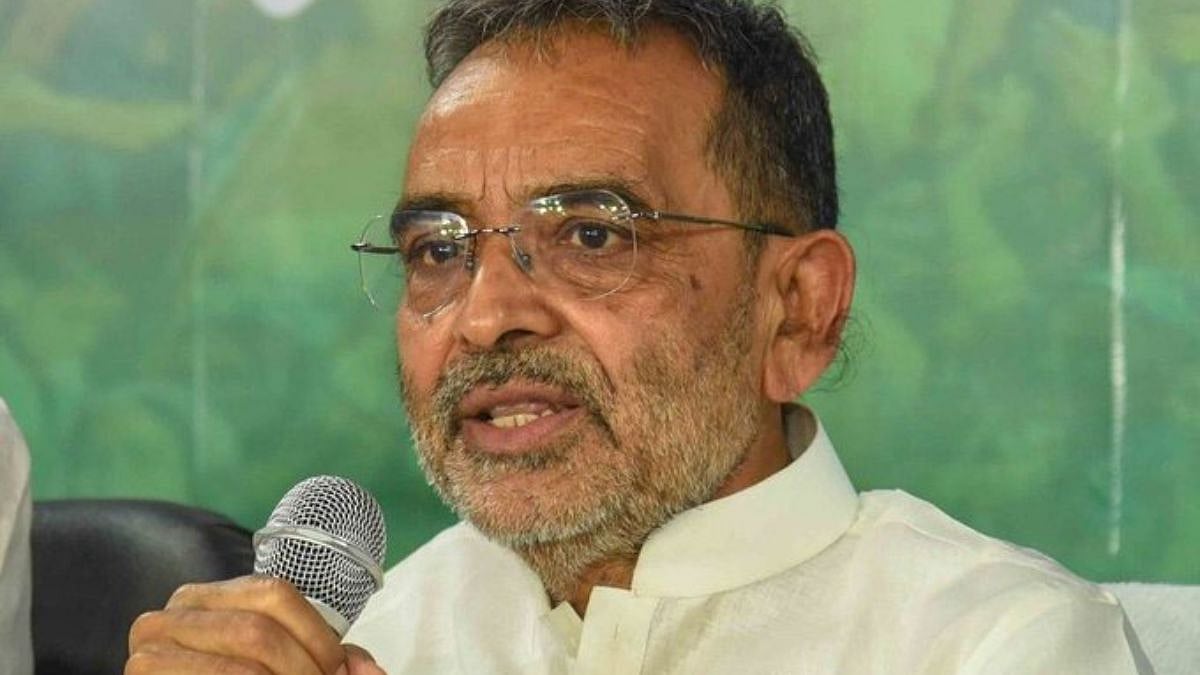Mumbai: RBI’s Monetary Policy Committee (MPC) meeting held between December 5th to 7th has decided to hike the policy repo rate under the liquidity adjustment facility (LAF) by 35 basis points. The decision has resulted in an upward revision of the Repo rate from 5.90 percent to 6.25 percent, the standing deposit facility (SDF) rate stands corrected at 6.00 percent, and the marginal standing facility (MSF) rate and the Bank Rate at 6.50 percent. It was also decided that the monetary policy would continue to focus on the withdrawal of the accommodation while supporting growth. The rate hike has been expected in the backdrop of persistent consumer price inflation, which, although moderated to 6.8 percent (y-o-y) in October 2022 from 7.4 percent in September, remains above the upper band of flexible inflation targeting. Also, the central bank had to consider various global challenges, including persisting geopolitical turbulences, volatile capital flows, high exchange rate fluctuations, and mounting commodity prices.
As per the monetary policy statement, on the domestic front, although the evolution is uneven across sectors, aggregate demand conditions have generally been improved, supported by pent-up spending and discretionary expenditures during the festival season. Urban demand has remained upbeat, and rural demand is recovering. Investment activity has expanded moderately. However, merchandise exports contracted in October after an expansion for 19 consecutive months. Also, growth in non-oil non-gold imports decelerated. Despite sustained pressures from prices of cereals, milk, and spices, food inflation softened, thanks to the easing of inflation in vegetables and edible oils. Fuel inflation somewhat eased in October, owing to softening of price inflation in LPG, kerosene (PDS), and firewood and chips. CPI excluding food and fuel (core) inflation persisted elevated at 6 percent.
On the global front, the tight monetary policy stance adopted by central banks worldwide and plummeting financial conditions and consumer confidence weakened the global growth momentum. Driven by food and energy price shocks, inflation remains elevated and persistent across continents. Further, Capital flows to emerging market economies (EMEs) remain volatile. However, in recent times there have been some signs of moderation in price pressures, which raised expectations of easing monetary tightening in the near future.
The challenges being faced by RBI
The Reserve Bank of India has been grappling with two impending and yet conflicting policy objectives for quite some time. On the one hand, price stability has become an indispensable policy outcome after adopting the flexible inflation targeting regime (FIT). The FIT necessitates the RBI to continuously monitor the trajectory of price level so that the inflation rate would never breach either the upper or the lower thresholds. The RBI has been more or less successful in taming inflation within the permissible band until recently. However, owing to domestic and external turbulences, the Reserve Bank of India has to submit a report to the government explaining why it missed the target for three quarters in a row. On the other hand, the devastating ramifications of Covid-19 and persistent geopolitical uncertainties have affected economic growth substantially. The rising unemployment and lack of momentum in economic activities started affecting the animal spirits of the economic agents. Under such unpleasant circumstances, the monetary authority cannot undermine GDP growth as well.
Rising inflation's domino effect on rural India
Attaining price stability is crucial from the policy perspective, as rising inflation can spill over to other commodities and services. And the implications of high and persistent inflation in essential goods will inflict deeper wounds as far as the poorer and vulnerable sections of society are concerned. For instance, the national sample survey of 2011-12 indicates that the inflation for the bottom 20% is at least 1% higher than the top 20% higher income households. In fact, rural India has already been showing symptoms of distress which is evident from declining farm incomes and real wages. The disproportional incidence of inflation can further corrode the purchasing power of rural households and adversely impact the already plummeting aggregate demand.
On a different note, attaining price stability via tight monetary policy can cause undesirable effects on real as well as financial sector indicators and adversely impact the socioeconomic well-being of millions of citizens. Moreover, when it comes to curbing inflationary pressure, the available data does not ascribe unequivocal success to monetary tightening. The reason is that the current inflationary episode across the globe has been primarily triggered by supply-side disruptions.

Dr. Anand B
How can we move forward?
Many economists have suggested that the absolute dependency on monetary policy to control inflation is both ambitious and impractical. The optimal mix of fiscal and monetary policies is the only remedy available at this juncture. It is well understood that the central bank will not be able to opt for an accommodative monetary policy in the near future, given the inelastic supply in the short run and geopolitical uncertainties emanating from the external front. A tight monetary regime must be accompanied by the timely and effective intervention of fiscal policy so that the less affluent and vulnerable sections of society will be insulated properly and rural demand remains intact. A more penetrative and impactful fiscal policy is a relatively easy task to achieve. The existing flagship programmes such as Mahatma Gandhi National Rural Employment Guarantee Scheme (MGNREGA), PM Kisan Samman Nidhi, Pradhan Mantri Jan Arogya Yojana (PMJAY), National Rural Livelihoods Mission (NRLM), Antyodaya Anna Yojana and targeted public distribution system are well established. Increased allocation to these programmes can not only boost aggregate demand but also act as an antidote to inflation.
The author is an assistant professor at Sarla Anil Modi School Of Economics, NMIMS. He was previously associated with Christ University Bengaluru, Central University of Rajasthan, and IIM Bangalore.











